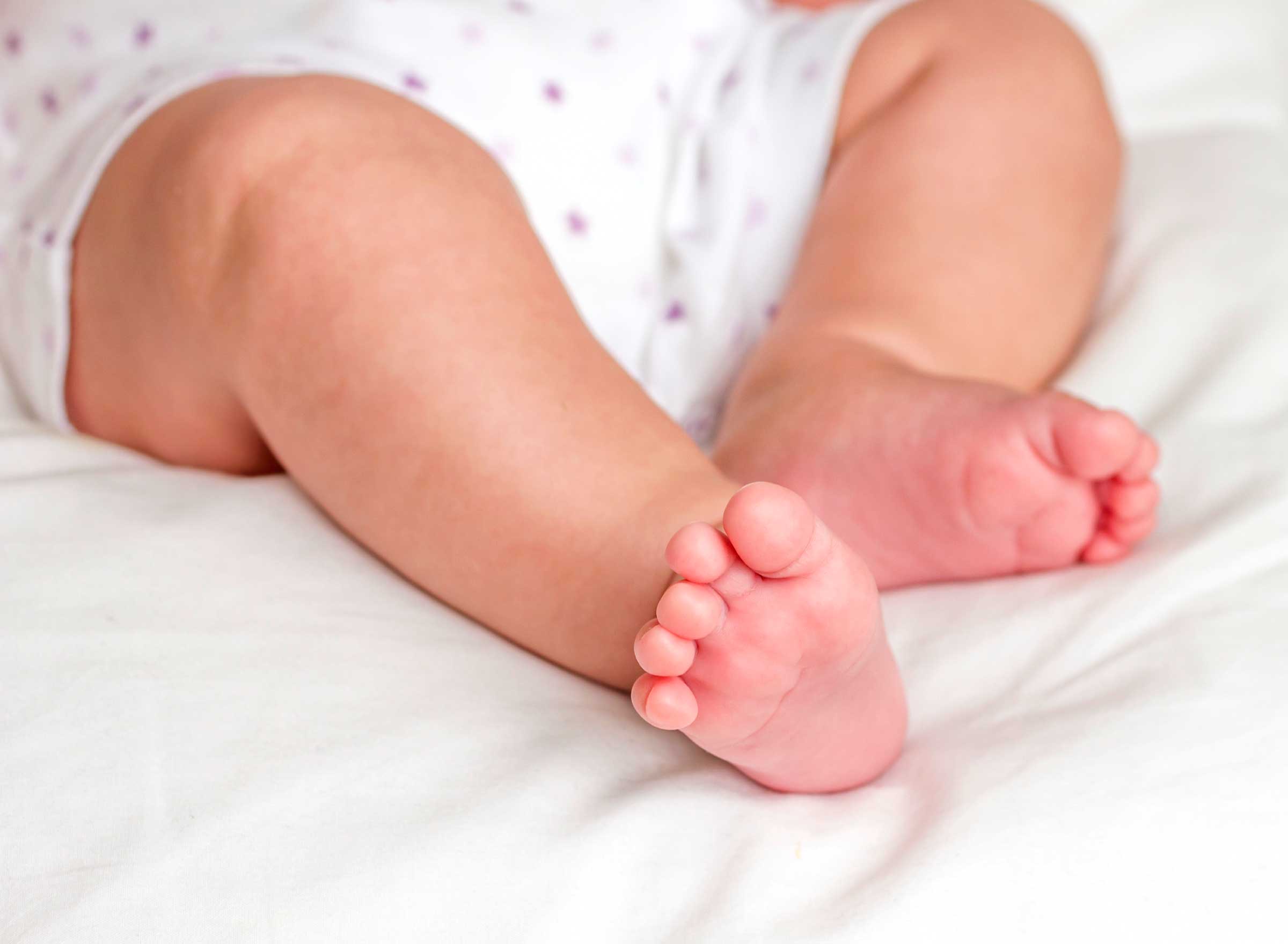
When a youngster is young, it’s fairly normal for their legs to bend outward. Once infants begin to walk, this deformity, known as bow legs, usually reverses. But what should you do if this problem persists or worsens as you get older? Your bow legs may or may not be obvious to people around you, depending on the degree of your disease, but they can be highly painful when you walk and are especially painful when you exercise.
Some cases of bow legs are brought on by a bone malformation, and they can only be treated surgically. But if yours is brought on by tight muscles from a vitamin shortage or another cause, bow leg straightening exercises for adults might help.
What is Bow Leg Syndrome?
Bow legs syndrome is officially known as genu varum, although other names for the ailment include bandy-leg, bowed legs, bowlegs, tibia vara, and varus malformation. Your legs may flex outward when you have this problem, leaving a tiny or significant space between your knees.
Due to how they are kept in the womb, babies and toddlers frequently have bow legs. However, as a youngster develops and learns to walk while supporting their weight on their legs, it frequently resolves itself organically. To more details about bow legs, check My Knock Knee Fix website.
Your body experiences increased stress when your legs are turned outward, which can hurt or worsen an injury.
 Joint Ache and Damage:
Joint Ache and Damage:
The most frequent complaint of bow leg syndrome patients is knee pain. It happens when your knees are carrying imbalanced loads, which can stretch the cartilage excessively and cause the bones to scrape against one another. The hips, thighs, shins, and ankles are additional body parts frequently impacted by bow legs.
When you carry out regular activities like walking or climbing stairs, you could experience some aches and pains. But because of the added stress, high-impact exercises like jogging and sports may cause your knee, joint, and muscle discomfort to really flare up.
Balance Problems:
The way your center of mass varies as you move puts those with genu varum at a higher risk of having balance problems. The inability to balance well might make it challenging to stand, walk, or even climb stairs.